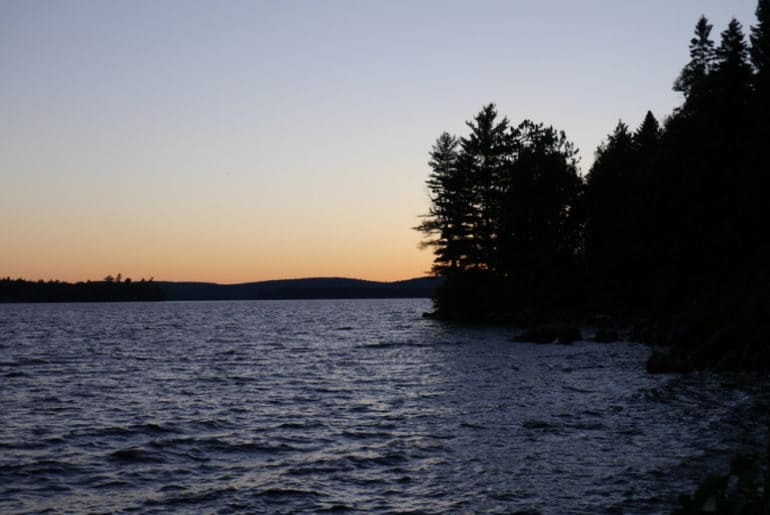Is water your life? Do your vacations often consist of snorkling or surfing? Are you the kind of person that spends 90 per cent of their time on the beach? If so, then maybe you are ready for a more unique kind of vacation — something a little more remote, quiet, and truly close to the water?
Let me present underwater tourism, one of the newest (albeit most expensive) types of vacation. These hotels, restaurants, clubs, and museums are all set under the water, meaning that participants get a spectacular view of sea life while enjoying all the luxury of a resort.
Interested in learning more? Here are three types of things you can do underwater during your next holiday:
Sleep underwater
People are spending thousands of dollars to sleep hanging from cliffs or in glass igloos in the middle of a remote forest in winter. Staying in a normal hotel is considered tame. If you are going to travel, why not do something truly unique? There are numerous companies that actually offer luxury suites on submarines. For example, Oliver’s Travel launched “Lovers Deep”, a submarine that plays host to couples looking for a remote and isolated, romantic, adventure.
Cost for a night in Lovers Deep is £175,000 (Euro).
There are also resorts that specialize in underwater hospitality. The Manta Resort in Pemba, a remote island off the coast of Africa, offers an Underwater Room accessible only by boat. The room, or more accurately the floating island, has three levels and is situated 250m from shore. Underwater spotlights draw fish and squid towards the room, so that you can witness the magical and mysterious life under the sea. Meals will be brought to you by boat at pre-arranged times, and a kayak, fins, and a snorkel will be provided.
Cost for a night is $1 500 (US).
Most of these accomodations offer eco-friendly resources so as not to harm the wildlife. This includes advanced marine toilet systems, hand-wash basins, and biodegradable shower products. It’s less about the luxury of a resort and more about the serenity of isolation. There will be concierges or staff on hand to answer questions, arrange meals, and re-stock the minibar; however, there is little access to technology or outside civilizations. Perfect to get away from the craziness of downtown living.
Eat underwater
For those who may be nervous about spending an entire night underwater, an evening with fine dining may be the perfect compromise. Ithaa, located in the Conrad Maldives Rangali Island in the Maldives, is the most popular of underwater restaurants. It was also the first to open in 2005. The food is prepared and cooked above water, and then brought down by servers. The restaurant serves European fare, offering six-course meals for dinner, four-course lunches, and cocktail or brunch options. Guests are surrounded by clear acrylic walls that allow them to see fish and sharks swim past.
Europe is joining the trend with a restaurant set to open in Norway in 2019. The restaurant will have three levels and a capacity of 100 people. A champagne bar will mark the transition between shoreline and ocean. The building will also double as a marine biology research centre.
Party underwater
Yes, you don’t have to commit to a meal or an overnight stay if you want to try the underwater experience. Instead, sip cocktails and be entertained at an underwater club with live music and dancing. There aren’t as many of these (as I imagine the movement of dancing requires quite the archeological reinforcement.
For those who want something a little more mellow, why not visit an underwater museums that allows you to either scuba dive or be transported using an underwater vessel to see ruins. There are also underwater spas and game rooms that allow tourists to play Jenga or have a bubble fight while wearing oxygen helmets!
As a general tip: make sure that you go to an underwater experience in the sea or ocean and not a river or lake. There are some restaurants and clubs taking adventave of this trend and setting up facilities in dirty water with little wildlife.
The best part is that the possibilities for underwater tourism is endless — as long as it is safe for both the participants and the fish in the sea!
Would you ever consider one of these vacation spots? Let us know in the comments below!


